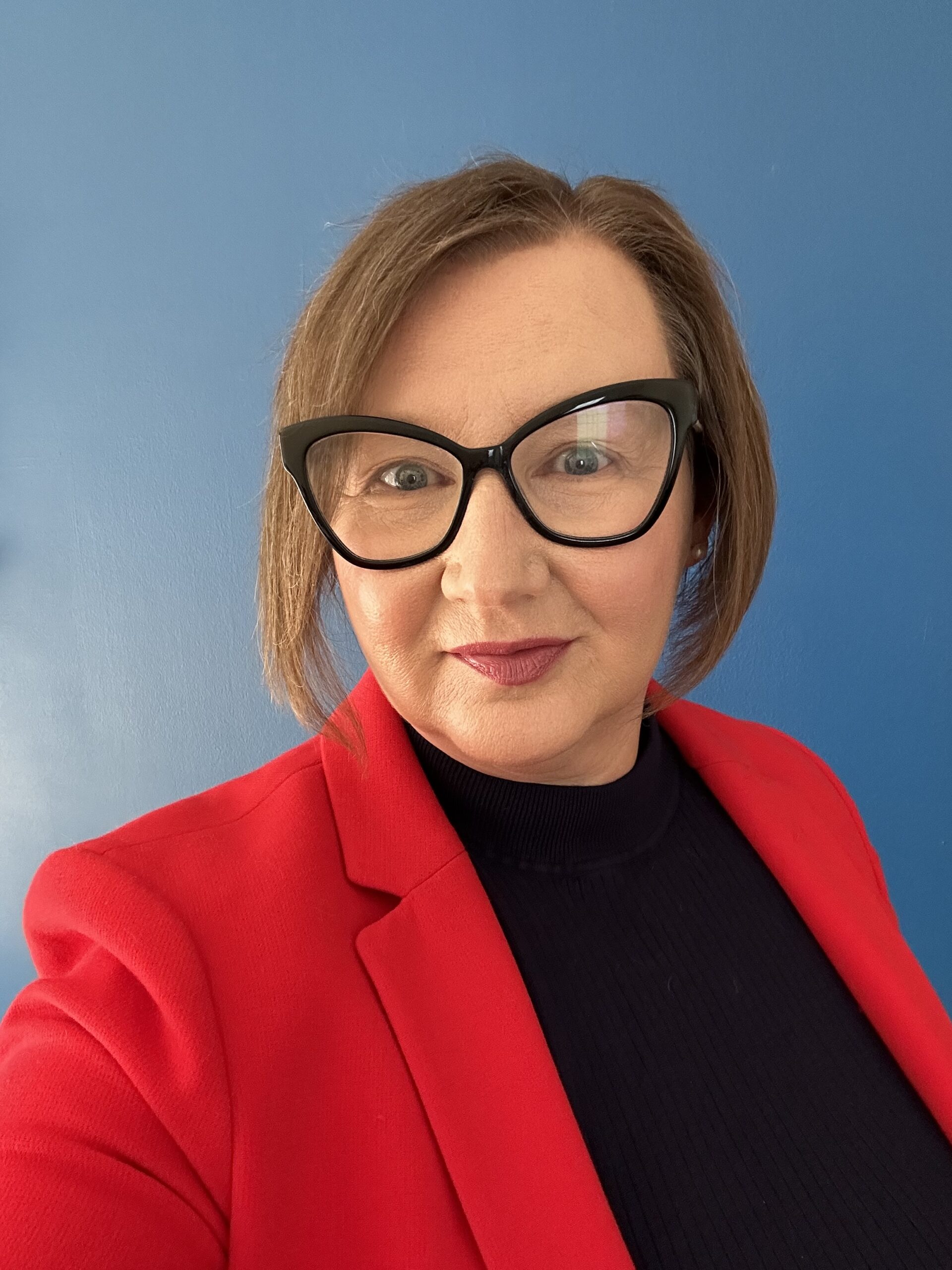Hello to Canada’s SaaS Community,
Great startups become great through execution—and that requires teams that get sh*t done. Speaking with SAAS NORTH, Michelle Brooks, Chief People & Culture Officer at Security Compass, explained the framework she uses to build high-performance teams… and why “unicorn hunting” won’t deliver the benefits you think it will.
Key takeaways:
- A high-performing team requires individuals and leaders with a growth mindset, plus psychological safety for people to stretch and take risks.
- Instead of thinking about personas, focus on what the role needs to accomplish for the organization and the competencies required.
- Once you find great people, empower high performance with transparency and opportunities for connection.
Co-Founder/Producer, SAAS NORTH Conference Editor, SAAS NORTH NOW
A startup’s primary advantage over enterprise incumbents is speed.
You can be far more nimble and get things done more quickly—but only if you have a high-performing team.
Speaking with SAAS NORTH, Michelle Brooks, Chief People & Culture Officer at Security Compass, explained her business-first framework for building teams that get sh*t done.
The precursors of high-performing teams
Michelle defines high-performance teams as groups that taps into each person’s unique strengths and offers growth to all members..
“A high-performing team creates opportunities for others to learn and really raises the water level of the people around them so that the team, together, can do exceptional work,” said Michelle.
In order for this definition to be met, a few things need to be in place:
- Team members must be able to understand different perspectives on the same topic.
- Both leaders and individual contributors need a growth mindset.
- The team structure, empowered by the organization, needs psychological safety so people are unafraid to stretch and take risks.
In the end, the goal is simple: “A team that—as they come together—is more than the sum of their parts,” said Michelle.
Designing a team for high performance
For Michelle, designing a great team starts with business needs and flows down to the individual.
1. What are the jobs to be done?
First, think about the entire team (e.g. Marketing); what is the team supposed to accomplish for the business?
Then break this down to the individual roles on the team, asking what the role needs to accomplish in order to support the overall team.
Michelle said it’s tempting—particularly in early-stage startups—to think about a person when describing a role. But she cautioned against that, saying it’s critical to focus on what the role in general will be doing.
For example, an assistant. Rather than thinking about human characteristics (e.g. cheerful and hardworking) or a persona (e.g. Exec Assistant with 4 years of experience reporting to a CEO in the real estate industry), you need to think about the actual tasks the role needs to do, like coordinating schedules, travel planning, or documenting meetings.
“What does the job look like?” said Michelle. “What are they going to do every day?”
2. Identify competencies
Second, take the jobs the role needs to accomplish and identify what competencies necessary to complete the task.
In the assistant example, if a key task is documenting meetings then a competency might be fast typing skills, synthesis skills (to distill meeting notes into key takeaways for attendees), or experience with AI note taking tools. Repeat this for all tasks the role needs to accomplish.
3. Outline the decision-action structure of each role
Michelle explained that all roles will do some mix of:
- Tactical execution: Doing a task.
- Operationalizing: Planning or designing processes by which work is done.
- Strategizing: Ideating at a high level to set a target or overall plan.
The key to remember is you’re not designing in a binary; instead, it’s what percentage of the role’s time will be allocated to each type of work.
“In order to make them that functional unit that’s greater than the sum of their parts, you need to have a mixture of those people on your team,” said Michelle. “The leader can’t do all the strategizing and the employees do the tactical.”
4. Design a persona
Once you have these three elements in place, it’s easier to design candidate personas.
“I have a picture for which I can draw a persona,” said Michelle. “This person is likely to come from a company that is in this industry. This size and shape, have this many years experience, this type of education.”
But the order of operations matters, said Michelle—you might be limiting your talent pools if you don’t think business-first.
Take, for example, a role that needs to understand someone’s motivators, to read people well, and create trust easily. This might be for a sales role in the end, but lots of roles (e.g. recruiting) teaches these skills; you might overlook that talent pool if you solely looked for “salespeople”.
“If you can think about competencies, what will happen is that persona will look very different,” said Michelle. “And it also means that you’re in a position to pick up talent from places you didn’t expect.”
Empower with transparency and connection
Once you have a team in place, your job as a leader shifts to transparency and communication.
Michelle describes transparency as “giving as much information as you can, at all times”.
The result of transparency is trust. For instance, if you tell people you’re close to the brink (or on the brink), they can act differently. But they also believe you when you tell them things are ok. Or if they know you’re heading to a certain outcome (for instance, an exit or product launch), they can use that insight to help determine which tasks are higher priority.
“Transparency gives people the context to make decisions,” said Michelle.




